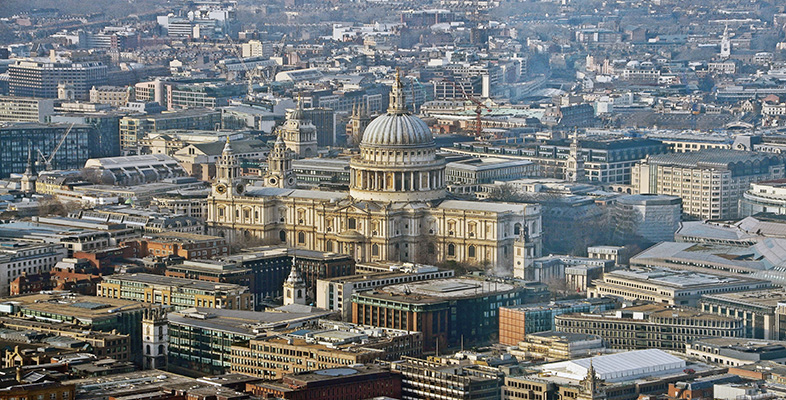3.2 The Parliament Acts of 1911 and 1949
The House of Commons may use existing legislation – such as the Parliament Acts of 1911 and 1949 – which will allow them to make law without the consent of the House of Lords. This rarely happens, but the House of Commons has this power available if the House of Lords cannot reach an agreement, or rejects a piece of proposed legislation which the House of Commons wishes to bring into force. The Parliament Acts were used when the government of the day pushed through the War Crimes Act 1991, the European Parliamentary Elections Act 1999, and the Hunting Act 2004. The last of these Acts outlawed the hunting of wild animals using dogs to locate and kill the animal (usually a fox). This was a controversial piece of legislation and the House of Lords was not able to sanction the proposed Bill.
Activity 2 Fitting the Bill
Watch the following film, which discusses the work of the House of Lords when dealing with a public Bill. A public Bill is a piece of legislation which has been proposed by the government of the day.
While watching, make some notes on the different stages (order of events) which the Bill passes through. You will discover that there are a set number of stages the Bill must go through before it is then passed back to the House of Commons.
Transcript: Activity 2 Fitting the Bill
Now drag and drop the explanations given below to the right stage.
Using the following two lists, match each numbered item with the correct letter.
First reading
Second reading
Committee stage
Report stage
Third reading
a.The long title is read.
b.The Bill is tidied up.
c.Each line of the Bill is looked at again and further amends made.
d.The subject is debated.
e.Each line of the Bill is looked at and amends made.
- 1 = a
- 2 = d
- 3 = e
- 4 = c
- 5 = b
Comment
This is the process that takes place in both Houses (the House of Commons and the House of Lords) before the Royal Assent is given. You will learn more about these stages later on in this course.
